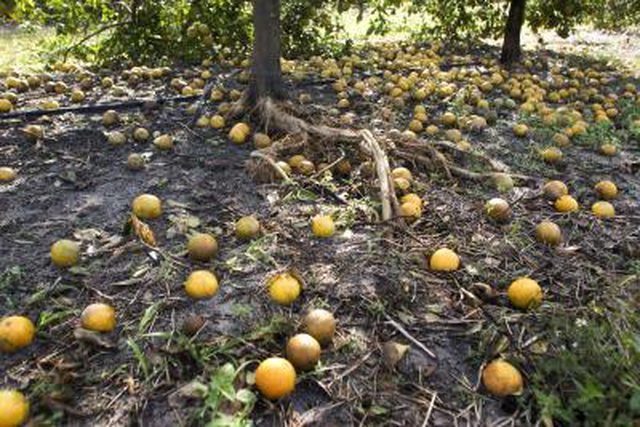Bulbs
Flower Basics
Flower Beds & Specialty Gardens
Flower Garden
Garden Furniture
Garden Gnomes
Garden Seeds
Garden Sheds
Garden Statues
Garden Tools & Supplies
Gardening Basics
Green & Organic
Groundcovers & Vines
Growing Annuals
Growing Basil
Growing Beans
Growing Berries
Growing Blueberries
Growing Cactus
Growing Corn
Growing Cotton
Growing Edibles
Growing Flowers
Growing Garlic
Growing Grapes
Growing Grass
Growing Herbs
Growing Jasmine
Growing Mint
Growing Mushrooms
Orchids
Growing Peanuts
Growing Perennials
Growing Plants
Growing Rosemary
Growing Roses
Growing Strawberries
Growing Sunflowers
Growing Thyme
Growing Tomatoes
Growing Tulips
Growing Vegetables
Herb Basics
Herb Garden
Indoor Growing
Landscaping Basics
Landscaping Patios
Landscaping Plants
Landscaping Shrubs
Landscaping Trees
Landscaping Walks & Pathways
Lawn Basics
Lawn Maintenance
Lawn Mowers
Lawn Ornaments
Lawn Planting
Lawn Tools
Outdoor Growing
Overall Landscape Planning
Pests, Weeds & Problems
Plant Basics
Rock Garden
Rose Garden
Shrubs
Soil
Specialty Gardens
Trees
Vegetable Garden
Yard Maintenance
How to Get Rid of Fruit Flies on a Ponytail Palm
How to Get Rid of Fruit Flies on a Ponytail Palm. Usually just a gentle indication to reduce watering, fruit flies rarely bother fuss-free ponytail palm (Beaucarnea recurvata). Hardy in U.S. Department of Agriculture plant hardiness zones 10 through 11, ponytail palm grows slowly to 25 feet tall and 12 feet wide outdoors. Its unusual trunk, which...

Usually just a gentle indication to reduce watering, fruit flies rarely bother fuss-free ponytail palm (Beaucarnea recurvata). Hardy in U.S. Department of Agriculture plant hardiness zones 10 through 11, ponytail palm grows slowly to 25 feet tall and 12 feet wide outdoors. Its unusual trunk, which is broad at the base and tapers upward, and tufts of 5-foot-long, light green, narrow leaves, make it a popular houseplant. Saturated potting soil and other organic matter near a ponytail palm will attract fruit flies and fungus gnats, which are both about 1/8 inch long. Improve the damp conditions and trap or kill existing flies and larvae to provide effective control.
Things You'll Need
Pruning shears
Yellow sticky traps
Scissors
Skewers
Potatoes
Diatomaceous earth
Biological insecticide
Remove organic mulch, wet potting soil and other rotting debris from around the ponytail palm, taking care not to disturb its roots. Prune dead or dying leaf fronds with pruning shears. Disinfect your pruning shears before and after use by soaking them in a solution of 1 part household bleach and 3 parts water for five minutes. Leave them to air dry.
Water the ponytail palm when the soil is dry to a depth of 2 inches. Drain an indoor palm thoroughly before replacing its drain tray.
Cut yellow sticky traps in half with scissors and attach each square to a skewer by pushing the skewer in at the top of the card and out at the bottom. Push the skewers into the soil around a ponytail palm in a container to catch adult fruit flies and fungus gnats. Alternatively, hang traps from the leaves of an outdoor ponytail palm. Replace traps when they are covered in insects, dust or debris.
Peel a potato and cut it into chunks. Push the chunks just under the soil around the ponytail palm roots. Fungus gnat larvae are attracted to raw potato. Remove the chunks after three or four days and replace them with fresh ones. Dispose of infested chunks.
Water the ponytail palm with a solution containing diatomaceous earth, diluted at a rate of 4 tablespoons to 1 gallon of water or according to the manufacturer's instructions. Reapply as needed.
Drench the soil surface around the ponytail palm with a biological insecticide that controls fungus gnats, such as Bacillus thuringiensis israelensis, diluted at a rate of 1 to 2 teaspoons per gallon or according to the manufacturer's instructions. Apply Bti three times a week for heavy infestations or weekly for regular control.
Tips & Warnings
Damp carpet, open fruit and vegetable storage areas, open trash containers, drains, old papers and other damp items attract fruit flies and fungus gnats.
Use sterilized potting soil in ponytail palm containers. Sterilize soil yourself by moistening it and placing it in clear plastic bag in a layer 8 inches deep or shallower. Seal the bag, but allow some room for swelling because the bag will get hot. Leave it in a raised sunny spot for four to six weeks before use.
Don't spray outdoor ponytail palms with insecticidal soap. This broad-spectrum pesticide kills beneficial insects such as predatory hunter flies, which eat fungus gnat flies and larvae.